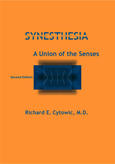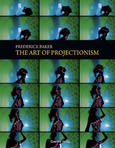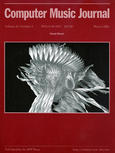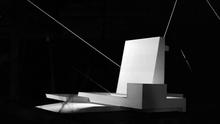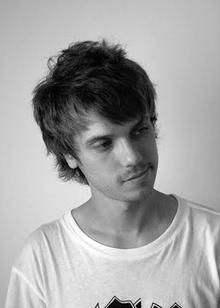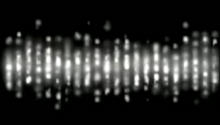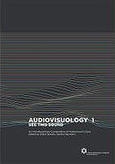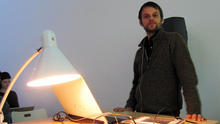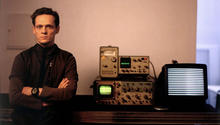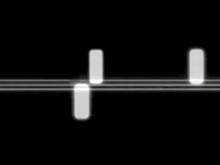Carsten Goertz (farn)
(*1981) is doing realtime audiovisuals, installations and media-scenography. Since 2002 he is lecturing, giving seminars and workshops on audiovisual performance at several international academies and institutes.
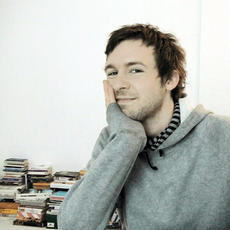
Starting from 2003 Carsten Goertz played on numerous international festivals and concerts, from Brasil to Japan and all over Europe and was broadly exhibiting as well.
His focus is on generative realtime-media, based on sensory input, sound-analysis and live controller-interaction. Main fields of his interest are in system theory, methods of visualization and (re)construction of realities/actualities.
Further on working in interface-, motion-, grafic- and bookdesign for major clients like Nikon, Transcript Publishers and the German Telecom. Carsten Goertz studied Multimedia Production (Diploma, SAE Institute) and Audiovisual Media (Diploma, Academy of Media Arts Cologne).
Source: Carsten Goertz

